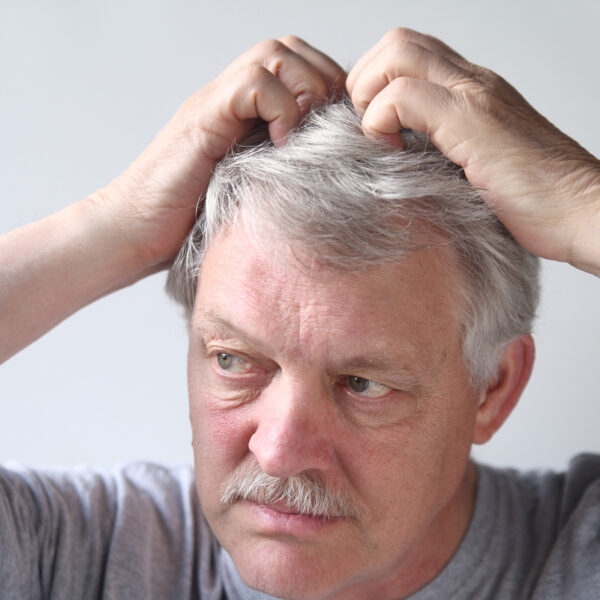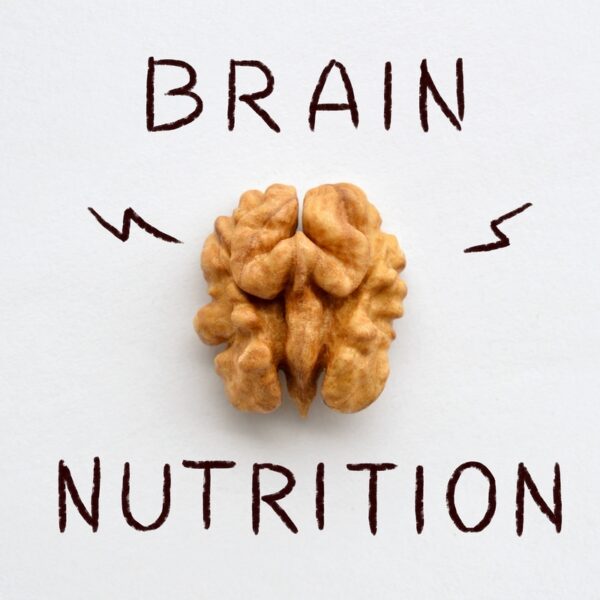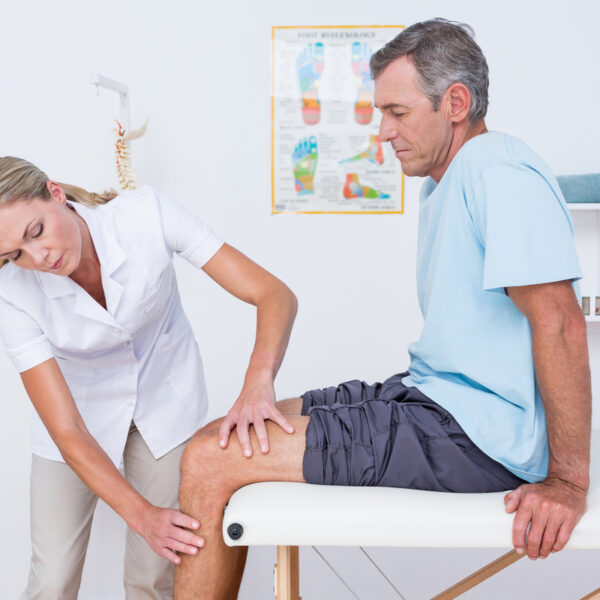
Effective Ways to Treat Depression Without Pills
Depression is a common mental health condition that affects millions of people worldwide. While medication is a common treatment option, many individuals seek alternative methods to manage their symptoms. This article explores various non-pharmaceutical approaches to treating depression, offering practical and evidence-based strategies to improve mental well-being. Depression can manifest in various forms, from persistent sadness to a lack of interest in daily activities. While medication can be effective, it is not the only solution. Here are several ways to treat depression without relying on pills: Therapy and Counseling : Engaging in therapy, such as cognitive-behavioral therapy (CBT) or interpersonal therapy (IPT), can help individuals understand and manage their thoughts and behaviors. Professional counselors provide a safe space to explore emotions and develop coping strategies. Exercise : Regular physical activity has been shown to reduce symptoms of depression. Exercise releases endorphins, which are natural mood lifters. Activities like walking, jogging, yoga, or even dancing can significantly improve mental health. Healthy Diet : Nutrition plays a crucial role in mental health. Consuming a balanced diet rich in fruits, vegetables, lean proteins, and whole grains can positively impact mood and energy levels. Omega-3 fatty acids, found in fish and flaxseeds, are particularly beneficial for brain health.









